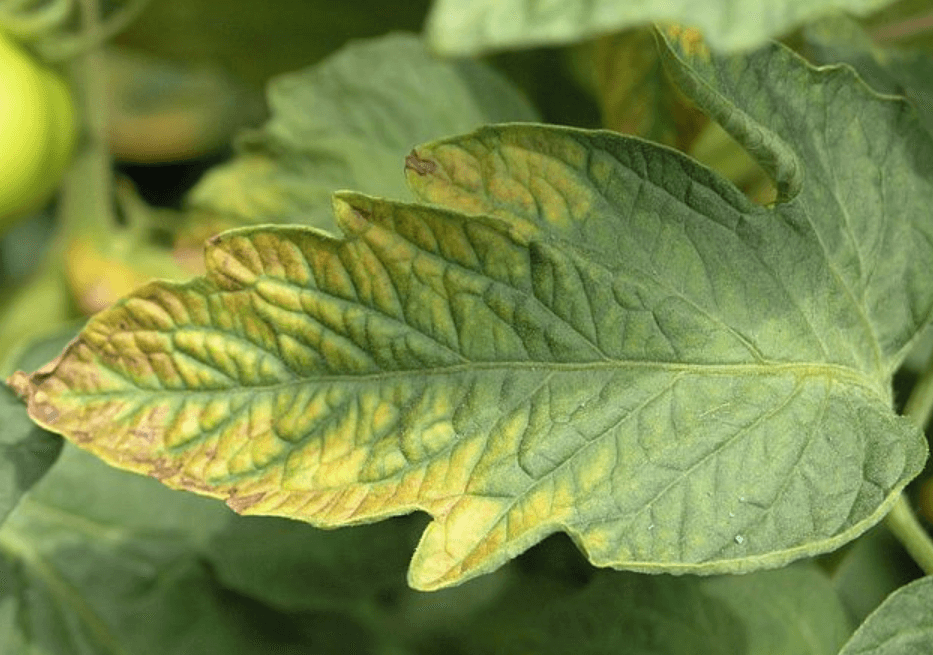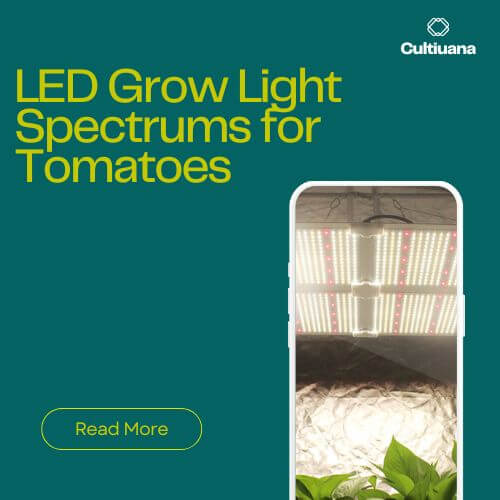
Symptoms of Too Much Calcium in Plants
Today we're not talking about growing your plants with LEDs, we're talking about symptoms of too much calcium in your plants.
Among the secondary nutrients for your cannabis plants is calcium. However, this in no way implies that it is less significant than the other nutrients.
Although plants require less of it than the major nutrients (nitrogen, phosphorus, and potassium), it is just as crucial. Inexperienced growers that overfeed their cannabis plants with calcium frequently experience calcium excess.
When grow your plant indoors, you must learn to determine if you are giving your plants too much calcium. By producing a toxic accumulation of nutrients in the plant tissue, too much calcium in the soil can harm plants.
Your plant will suffer long-term harm from the lockout, pH swings, and changes, including stunted development and death.
Why Is Calcium Needed In Plants?
As you can expect, the plants' health will suffer if there isn't enough calcium in your garden. Ultimately, you won't see the vivid green you were looking for.
The most crucial thing to remember is that all plants require it to flourish. In particular:
- Calcium helps plants develop disease resistance.
- It encourages fruit development and raises the yield's quality.
- It turns on specific enzymes involved in several cellular processes essential for plant growth.
- Calcium also shields plants from heat stress by boosting the generation of heat shock proteins and improving stomatal function.
- Calcium enters the plant's cell walls in the form of calcium pectate. It essentially binds the plant together because it is an essential part of the minor parts.
How Does Calcium Affect The Growth Of Plants?
The ability of calcium to help plants create robust cell walls is one of its beneficial impacts. In turn, this aids in keeping the plant erect.
Additionally, adding calcium to the soil can help reduce the impact of other organic acids and alkali salts. The addition of calcium to the soil has the effect of providing vitamins to the soil.
Additionally, calcium contributes to healthy leaves and other plant parts. Along the borders and toward the center of the leaves, stunted leaves and brown blotches may start to form.
Lastly, calcium promotes the development and expansion of roots.
Symptoms Of Too Much Calcium In Plants

Image source: en.wikipedia.org
Numerous issues with plants might result from too much calcium. The amount of calcium in your soil and how fast the pH changes determine the severe problem.
Your cannabis plant will develop calcium excess if there is too much calcium in the medium. When a plant consumes too much calcium, other crucial elements for plant growth are "locked out." Your plant will have fewer leaves and damaged foliage with red or brown patches.
An excessive calcium intake will impact how well potassium, magnesium, and iron are absorbed. And you will observe the formation of these deficiencies' symptoms. Avoid overfeeding your plants because it will negatively impact their overall growth.
The typical symptoms of too much calcium in plants are:
- Orange and red spots on leaves
- Leaves droop slightly
- Stunted growth
- Shows magnesium, iron, and potassium deficiency
How Do You Fix Too Much Calcium In Soil?

The method for addressing an excess calcium problem will vary according to your growing media. The injured leaves won't heal on their own, so keep an eye on the new development for signs of improvement.
Tips for flushing your medium
- Overly high calcium in coco and hydro
Flushing your Coco and Hydro medium with plain, pH-balanced water is always a smart idea if you want to lower the concentration of any nutrient there.
After flushing or removing your old reservoir, feed your plants again, but at half their normal electro-conductivity (EC). As a result, the plant's supply of calcium is reduced, and it begins to consume the calcium stored inside of it.
- Excessive calcium in soils
Since soils don't have as good drainage as hydroponics or coco, removing any element will be more challenging because you run the risk of overwatering your plants. To get the most out of the medium, it is best to perform one thorough flush. After flushing, wait until the soil is completely dry before watering the pot again.
Proceed to water your plants with only water once the medium is dry. They will consume the calcium that is kept in their plant matter. After flushing, the new growth will begin to appear much better.
The problem of too much calcium in the soil can also be resolved by adding organic matter. Peat, compost, or rotten leaves are organic materials that might assist lower calcium levels.
Organic matter is high in acidity and low in calcium. Therefore, your soil's pH will decrease over a few months as it decomposes, making it easier to maintain. For best results, make sure to add 2-4 inches of organic matter to your grass each year.
Utilizing compost instead of just organic stuff is an alternative. Composted plant-based material can originate from any source, including grass clippings, leaves, food scraps, and dried animal manures. It doesn't take as much time or space to compost as regular materials.
It helps improve soil conditions more quickly than possible, which would take months! The rate at which organic matter degrades is accelerated by the presence of beneficial microorganisms and other creatures in compost. Additionally, it is abundant in biological and chemical slow-release nutrients vital for crop growth.
Final Word: Preventing Calcium Toxicity
Many novice growers give their plants way too much calcium, which is simple to produce. Ask for advice before changing your cannabis plants' nutrition! Your plants' water quality will determine how much calcium they require in their diet. Some will include more calcium traces than others. You must consider this background EC if you provide tap water for your plants. In the grow room, ask for assistance.




